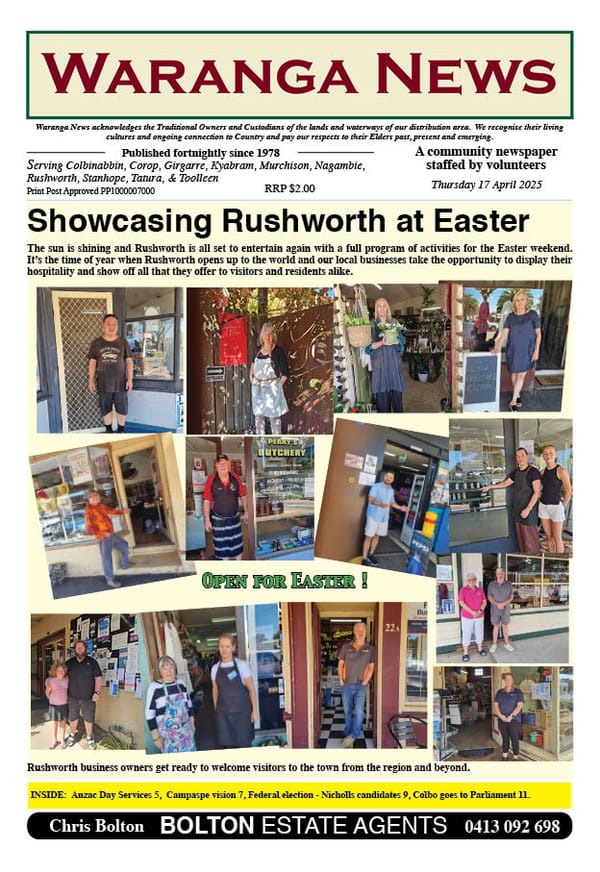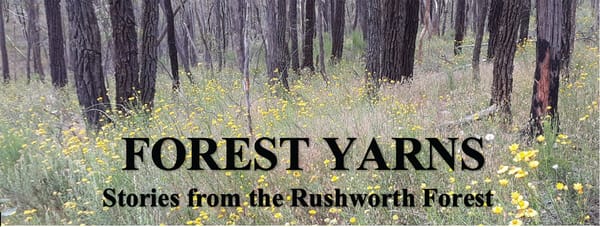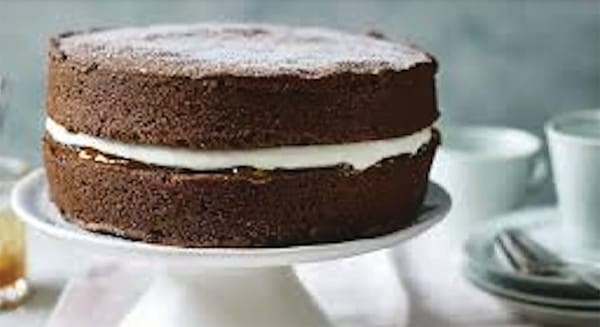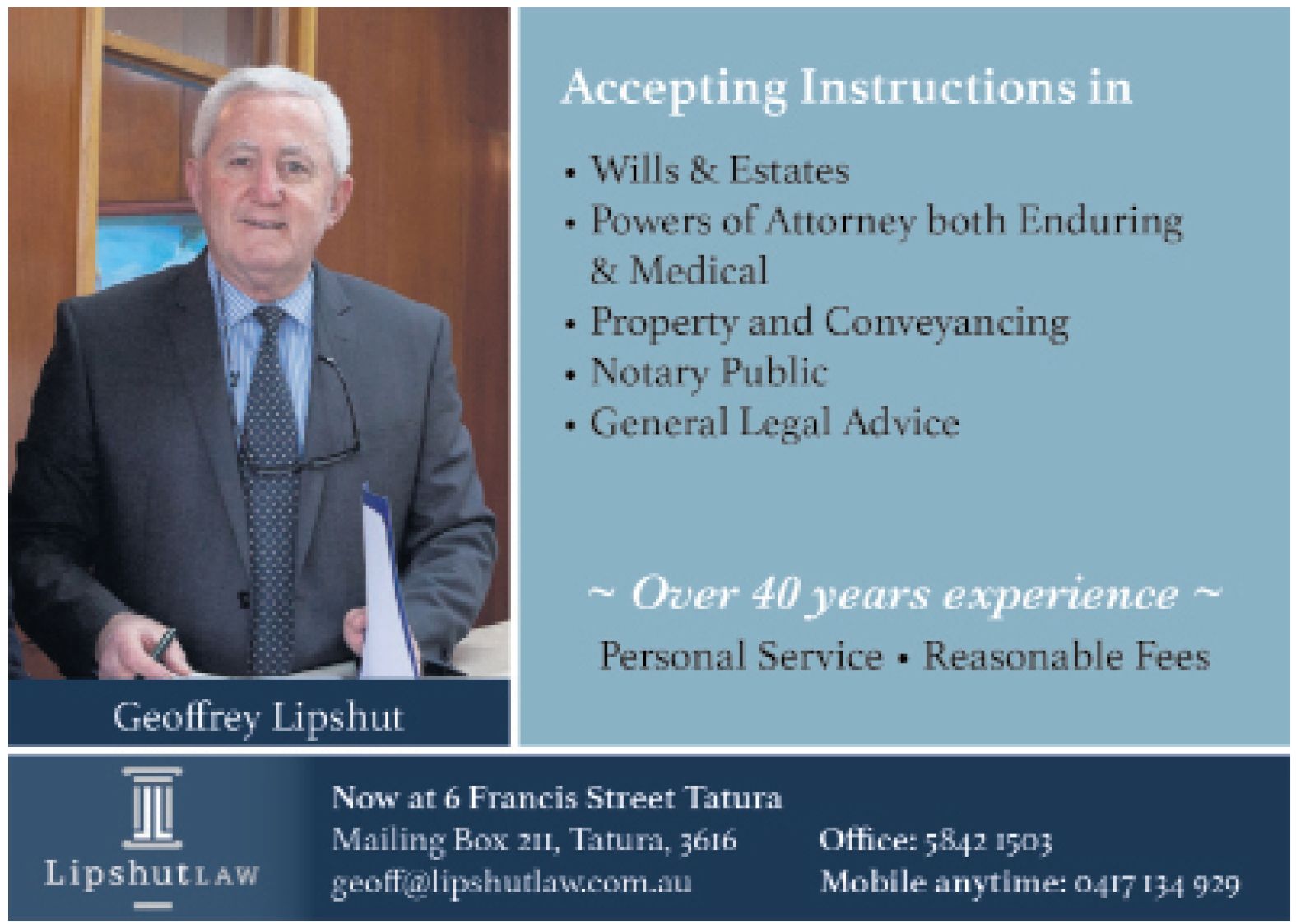Keeping native animals
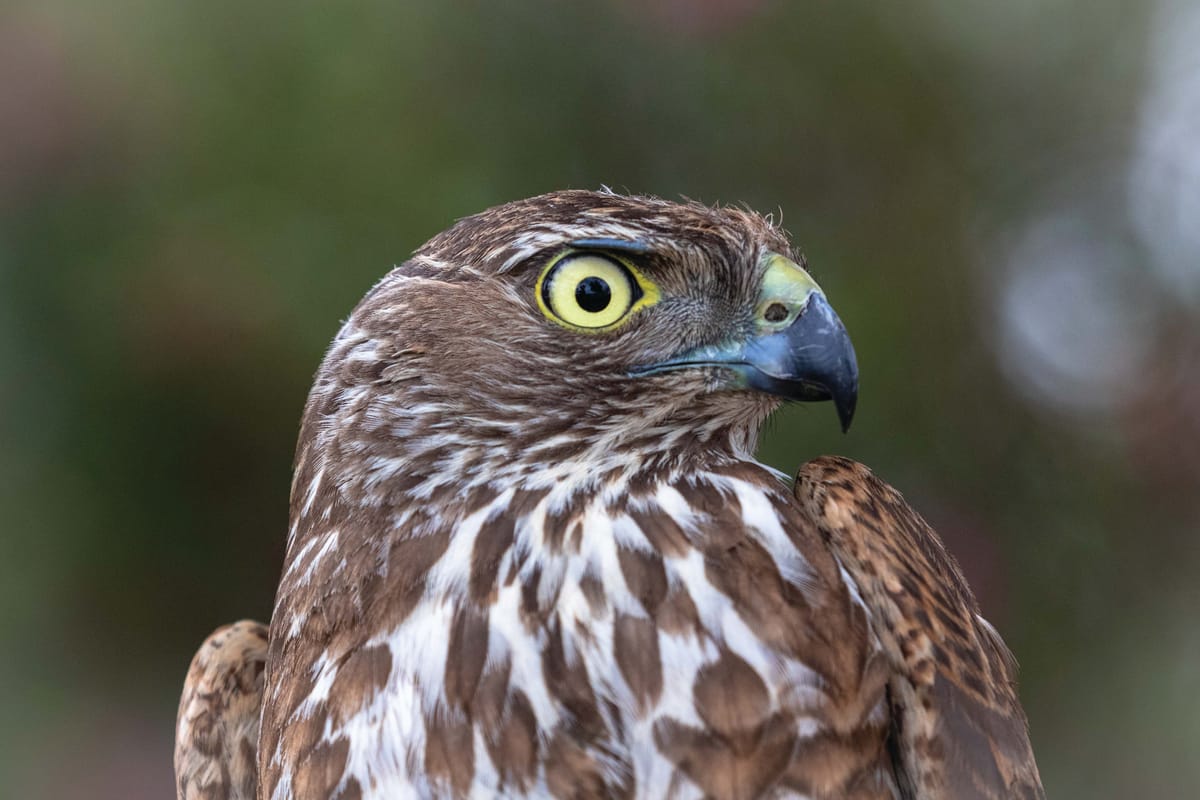
A few days ago I was called to a bird of prey at a residence near Shepparton. The bird was not able to fly and had appeared in someone’s back yard.
On arrival, once I had the Brown Goshawk in my hands and began to do a quick assessment for possible injuries to determine why the bird was down, I discovered that feathers on each wing had been cut by human hands, rendering the bird flightless.
The bird’s tail was ratty and frayed and the remaining flight feathers on both wings were fractured, broken and also frayed. The bird’s weight was good, which is not usual for a bird of prey who is compromised for flight as they cannot obviously catch prey if they cannot fly. This poor bird has been captured somewhere along the line and people have attempted to keep it as a pet.
Goshawks are renowned for entering chook pens to prey on chickens and also known for hitting windows in flight. The most likely scenario for this bird is that it found itself trapped in a chook shed, was caught or it was dazed and confused after colliding with something, possibly a window, and was caught by people.
These people have decided, for whatever reason, to keep the bird as their own. To ensure the bird couldn’t escape and fly away, they’ve clipped both wings to render it flightless. This is a really low act. A bird which should be capable of release is now set for a possible twelve months or longer in care as that is the time it will take to do a complete moult of the damaged feathers.
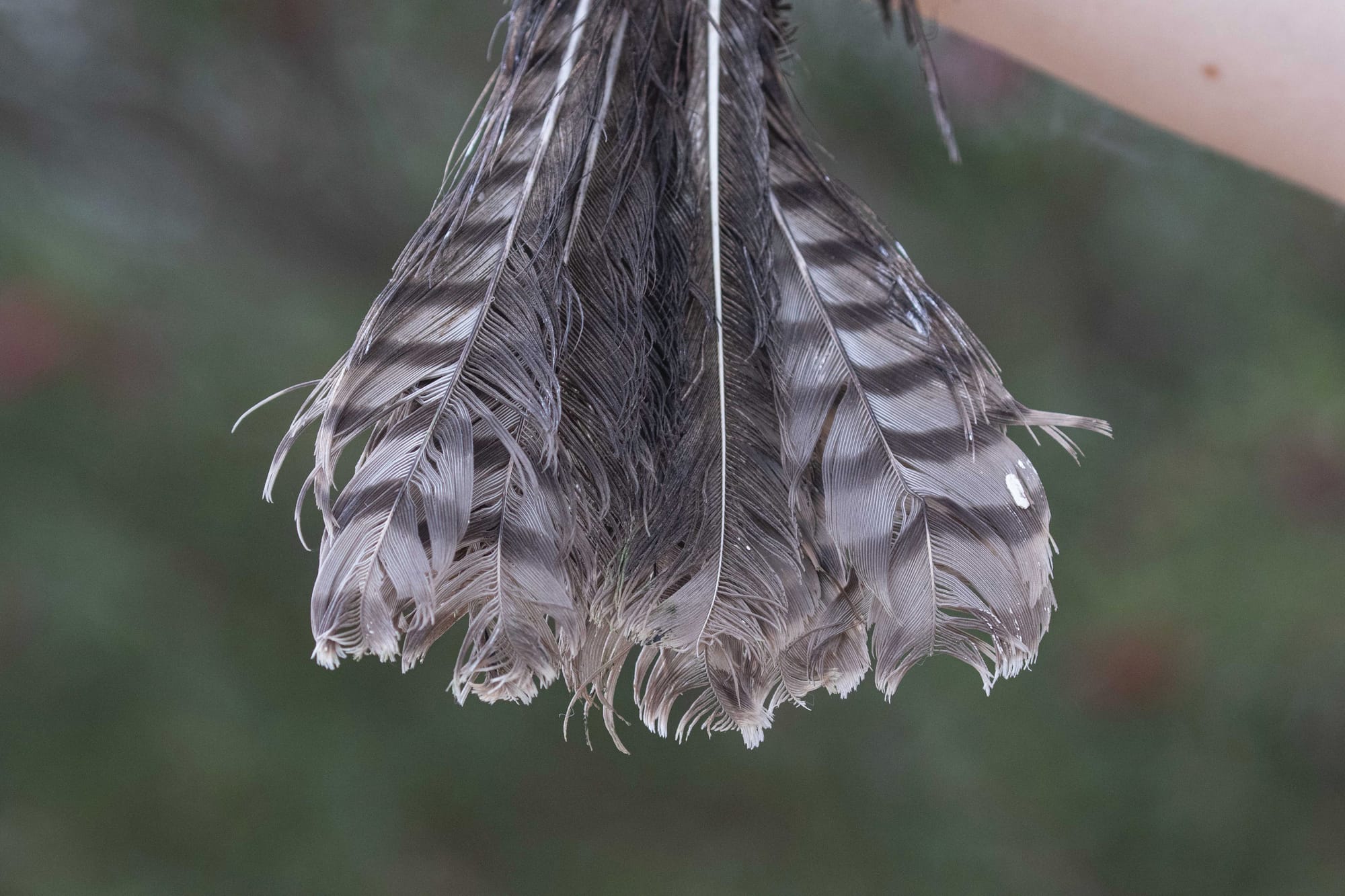
I believe the bird has been in this situation for quite awhile due to the condition of the remaining feathers and the bird’s demeanour. Somehow, the bird has escaped. Like all wild creatures, instinct is very strong, particularly in raptors. It was inevitable that the bird would leave. It was likely destroying itself in a mesh cage or enclosure, hence the wings clipped with the idea that then it could be let out and not be able to leave. The best thing this bird has done for itself was leave....and luckily it found its way into a yard owned by people who care and did the right thing by calling for help.
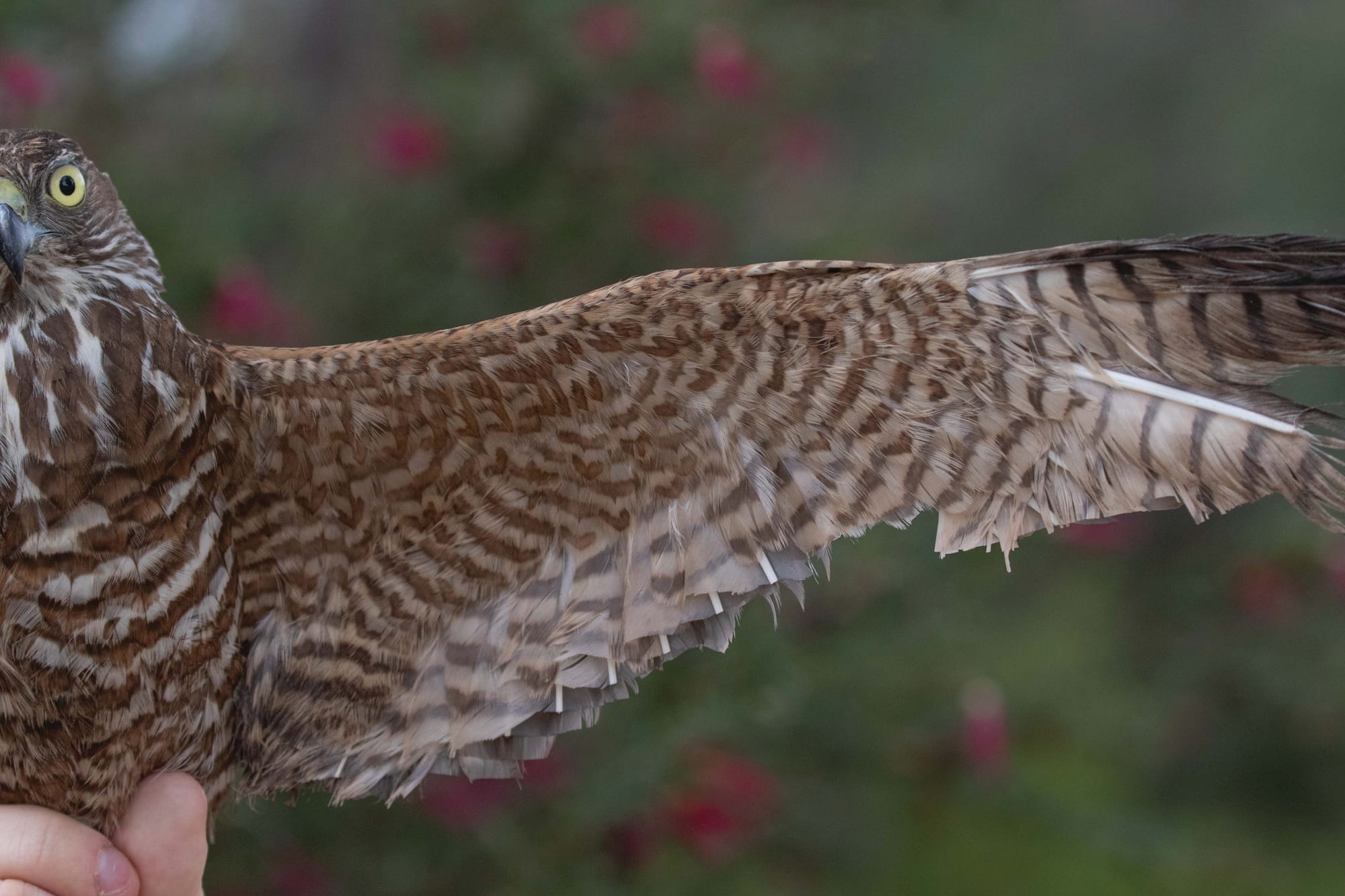
Australian wildlife laws and regulations do not permit the capture and keeping of our native animals from the wild. It is simply not allowed, for good reason. There are private wildlife licences you can obtain to keep native wildlife but only to keep wildlife which is captive bred.
Captive bred stock obviously originally came from wild stock when we had no wildlife laws. Animals were allowed to be freely trapped and sold both here and overseas. Many people made a lot of money. Many species are still having population problems today as a direct result of trapping to fuel the wildlife pet trade. A lot of our native finches were targeted for their beauty and ease of keeping and are a prime example of how these actions decimated wild populations, to the point of near extinction for some species. Many of our beautiful, intelligent parrots have endured the same.
Wildlife is not owned by anyone. We are their only voices, we are the guardians of their environment and of their lives purely because we have the power to be so. Many people know our wildlife laws and do the wrong thing. These people believe that wildlife is there for them to do as they wish with.
Each year we deal with horror stories of roo joeys being kept, wild birds with clipped wings, wild birds being kept with horrific fractures for many years. These animals almost always eventually find their way to us. They escape, just like this bird has. They become a burden and not fun any more when instinct kicks in and they lose their juvenile friendliness. They get sick and the people begin to panic and we are handed an animal that has endured great suffering and is on death’s door. These people claim to be getting it to us because it ‘was doing fine but now isn’t and we don’t want it to die’. Really, they’re saying they don’t want the animal to die in their care but it’s perfectly OK for it to die in ours from the mistakes they have made.
We get so many animals who are kept by people for varying lengths of time, sometimes years, before they are ‘dumped’ on us to ‘fix’. A common theme is, ‘we have raised it but now it needs the company of others of its own kind so it can learn to be what it is again and be released’. It’s not that simple. Cases such as these are the most heartbreaking for us.
Many animals each year have to be humanely euthanised due to injuries and conditions caused by inappropriate care and housing. When we are able to successfully rehabilitate them for the wild, it’s usually a long, drawn out process which takes much of our time and resources, much more than it would have if the animal was taken to an appropriate shelter as soon as it was found.
We are a wonderfully multi cultural society here in Australia. Other countries have very different rules when it comes to wildlife; some do not have any real rules at all regarding wildlife, or they are not enforced.
I can understand ignorance for some who truly do not realise our laws are different here. Many know the rules though. If you know the rules and care for our native animals and our environment, if you see someone doing the wrong thing, please be proactive. The actions of many people regarding wildlife is really not on. Education is the key for some. Unfortunately others who recognise they are committing a crime against wildlife, require harsher lessons. Once again, we are their only voice; make yours the right one.

